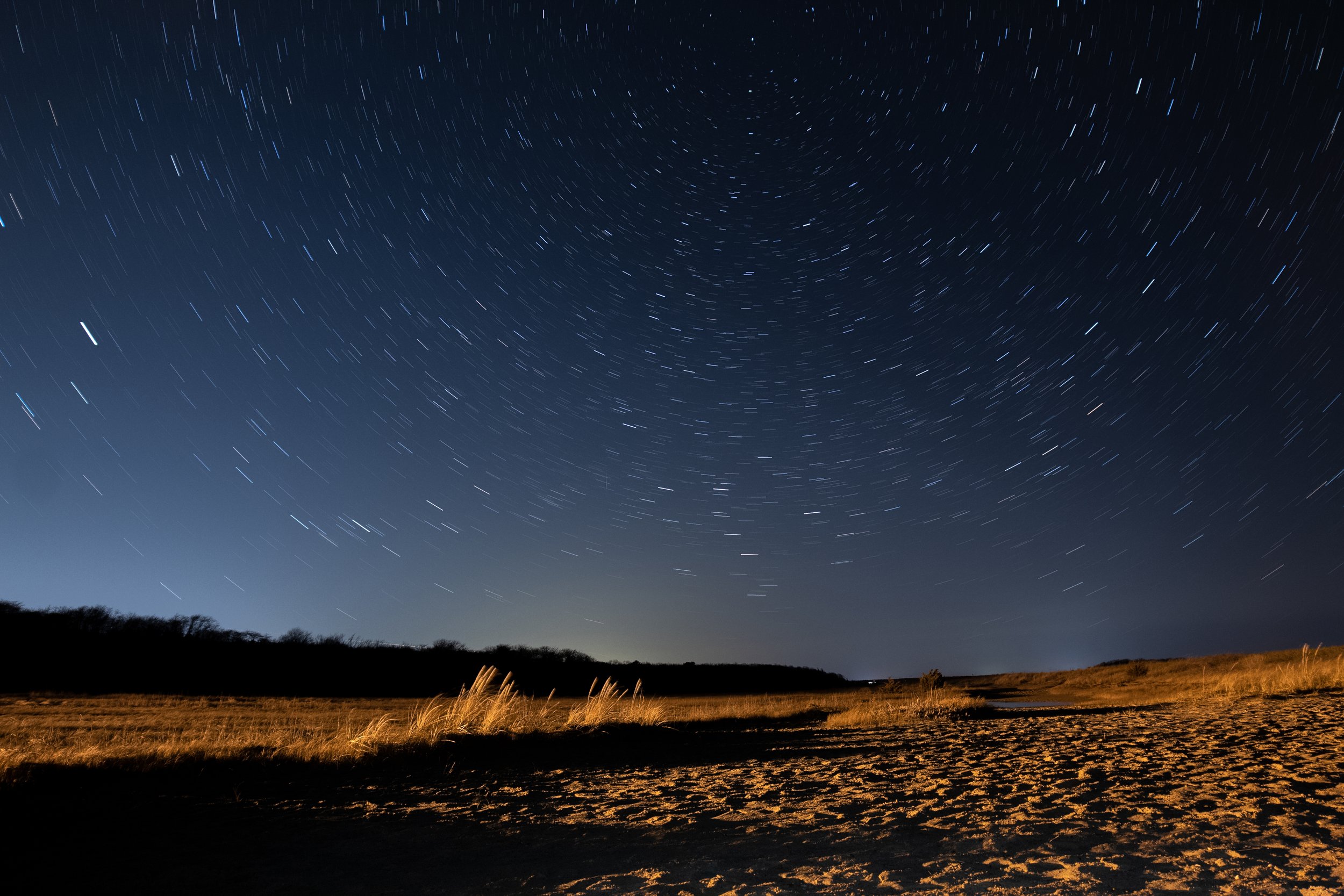
13.8 billion years ago, our universe was created. I strive to capture the beauty that our eyes can not see. With the use of long exposure photography combined with complex computer software, you can bring out the faintest of details found in our solar system, our galaxy, and in the universe as a whole! Some of the images in this gallery are a combination of several hours of exposure time. In astrophotography, the more patience you have, the better your results. So I invite you to look through these photos that are just… out of this world!
Jupiter with several of its moons.
I caught this meteor by accident. I was checking my focus so I took a short exposure and this popped up.
This is the Hercules star cluster. It is an area of high concentration of stars in our galaxy.
Our own beautiful galaxy, the Milky Way. You can also see Jupiter (the bright spot on the left).
The Orion Nebula
The Moon rising above the clouds on the horizon.
Galaxy M51 (AKA The Whirlpool Galaxy)
A mosaic of the moon made up of around 20 or so separate images pieced together like a puzzle to create a highly detailed image.
Mars, you can see the white of the polar ice cap.
Another mosaic during a different phase of the Moon.
Tycho crater on the lunar surface
The Cygnus Loop, The remnants of a star that went supernova
Copernicus crater on the lunar surface
A transit of the ISS in front of the sun. I layered each frame from a video into one image so the black speck you see crossing in front of the sun is the ISS in each frame of the video I took.
North American Nebula (NGC 7000)















